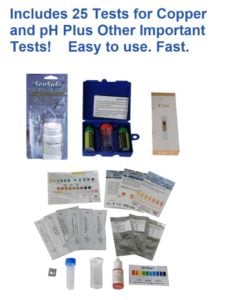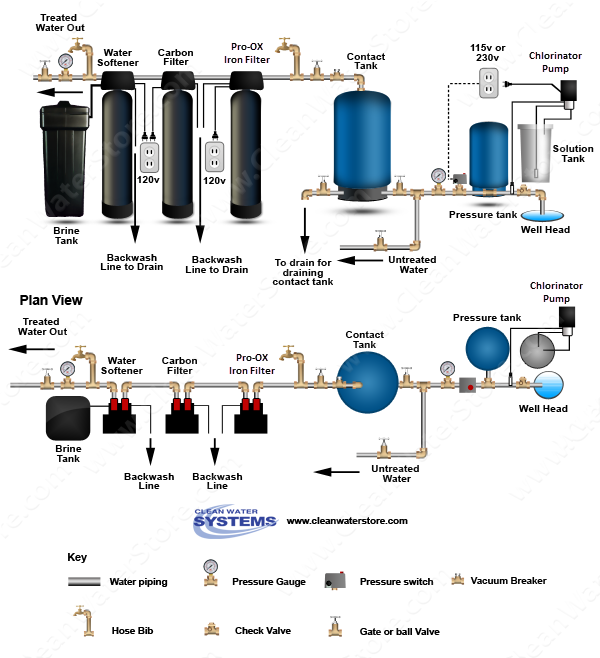Iron is one of the earth's most plentiful resources, making up at least five percent of the earth's crust. Iron in well water is usually found in a dissolved state and may appear clear when first drawn from the tap.
The maximum amount recommended in water is 0.3 mg/L which is same as saying 0.3 Parts Per Million or PPM. When the level of iron in water exceeds the 0.3 mg/l limit, the water may have a red, brown, or yellow color and stain laundry and fixtures. Red, brown or yellow well water is often a sign of too much iron.
Iron in water may also cause a metallic taste and an offensive odor. Water system piping and fixtures can become restricted or clogged. Appliances such as water heaters, dishwashers and washing machines can get plugged up with rust and sediment.
Iron gives water a disagreeable metallic taste. When the iron combines with tea, coffee and other beverages, it produces an inky, black appearance and a rusty, bad taste.
There are four main types of iron in water or conditions in which iron is found in well water:
- Soluble “Clear Water” Iron
- Insoluble Oxidized “Red Water” Iron
- Organic Iron
- Iron Bacteria
Questions to Ask When Choosing an Iron Filter:
1. What type of iron do I have in my water?
2. What is the flow rate that I have available, to backwash the iron filter I choose?
3. Do I have manganese, hydrogen sulfide odor, iron bacteria or tannin in my water?
4. What is the pH (acid or alkaline nature) of my water?
5. According to the water test results, will the water treatment unit remove the total iron concentration?
Test Your Water

A water test to determine iron, pH, manganese, hardness, and total dissolved solids is a good place to begin. If the water direct from the well has a yellow or tea colored look to it, an additional test for tannin is recommended as well. Take the sample as close to the well as possible.
With these results, you can identify if you need any type of water treatment and what type of system to select based on your water chemistry.
If the source of water is a public water system and you experience iron-related problems, it is important to contact a utility official to determine whether the red water is from the public system or from the home's plumbing or piping.
Automatic Iron Filter Systems
The best option for iron removal is the long-lasting Pro-OX Iron Filtration with ozone and air injection options. These systems last far longer than traditional greensand, birm or other types of iron filters.
For water very high in iron with high levels of hydrogen sulfide and/or manganese, we recommend a pre-chlorination feed for maximum removal rates.
After the iron filter, many folks will use a carbon filter to remove any trace of the chlorine taste or odor.
Any other questions about Iron in well water or how to fix a water problem?
You can email us or call us toll free at 888-600-5426.








